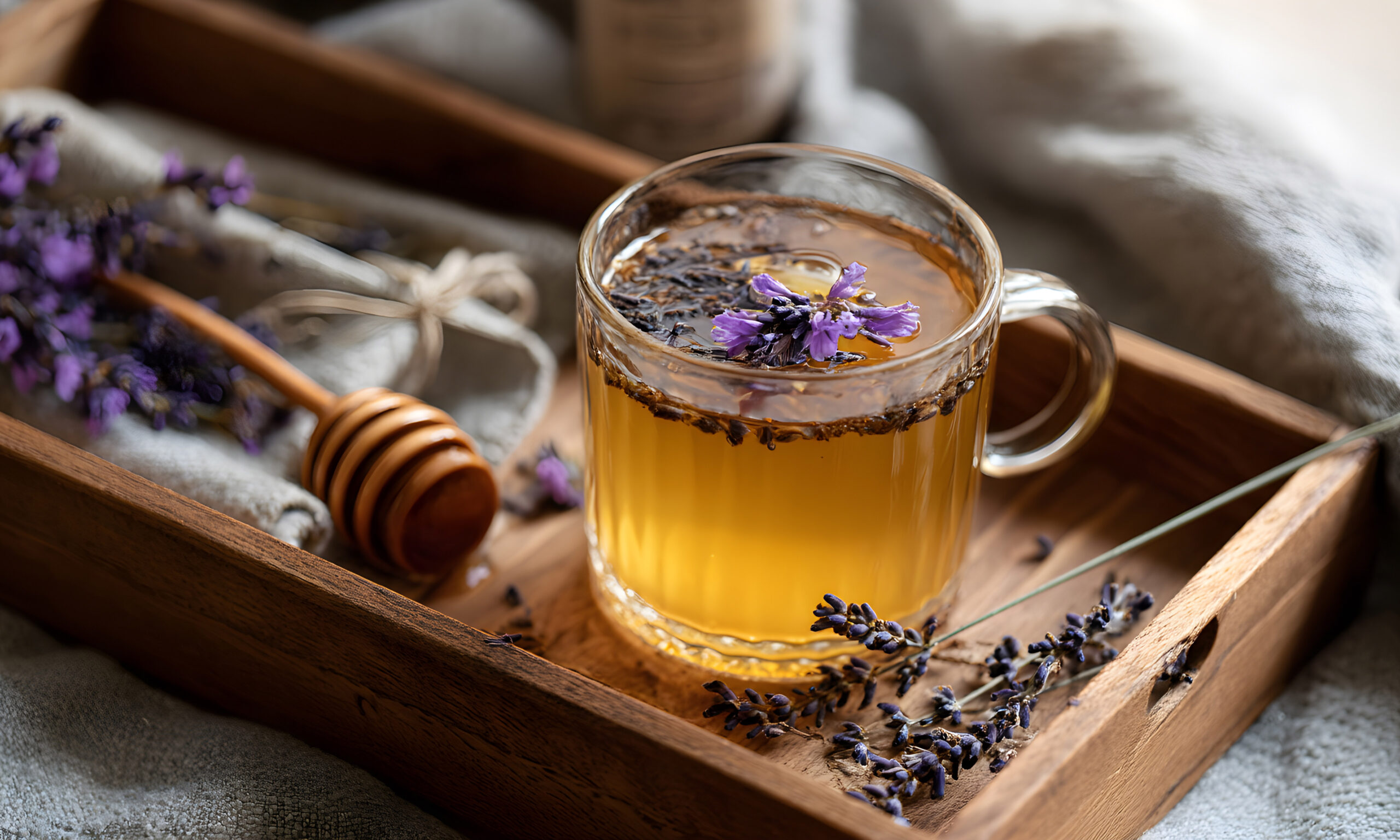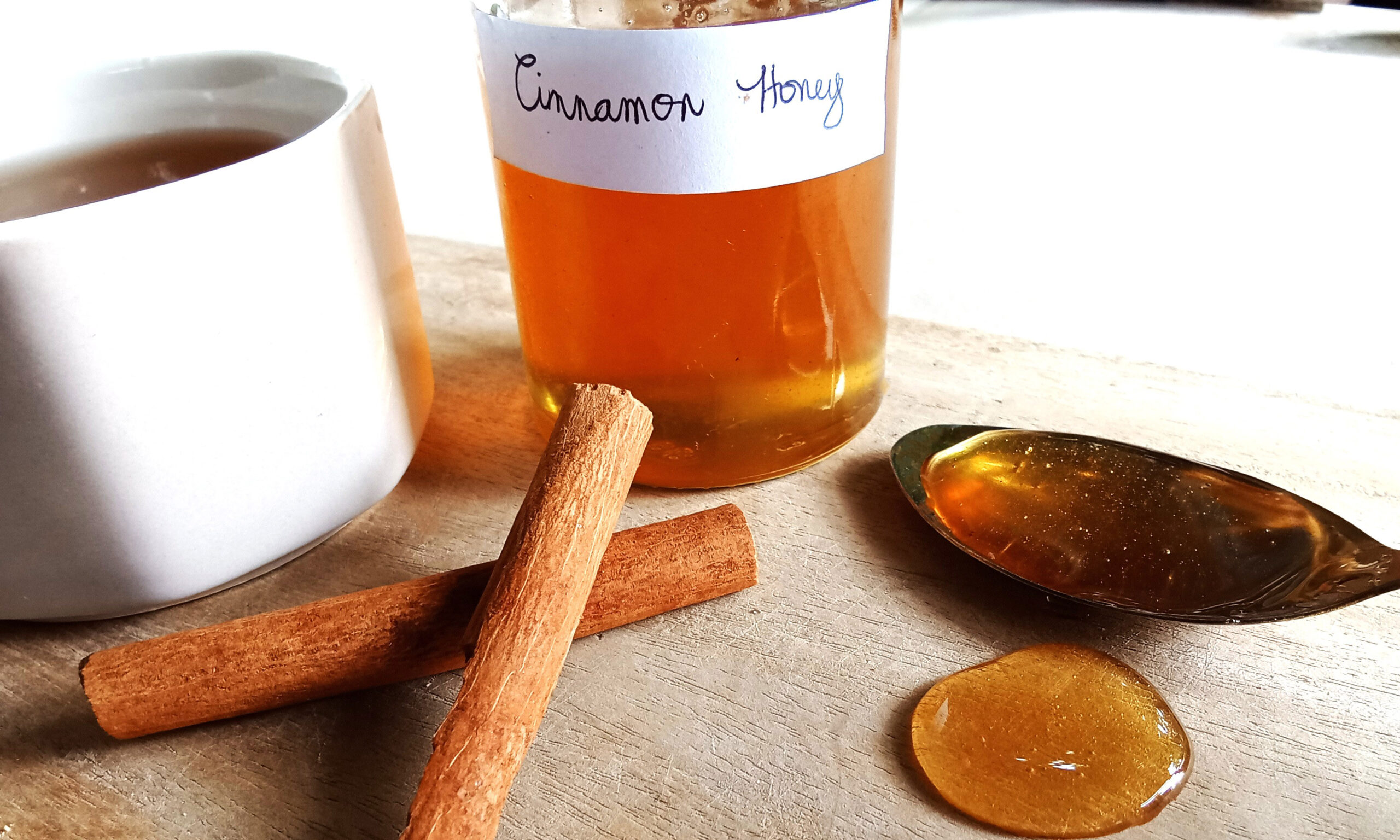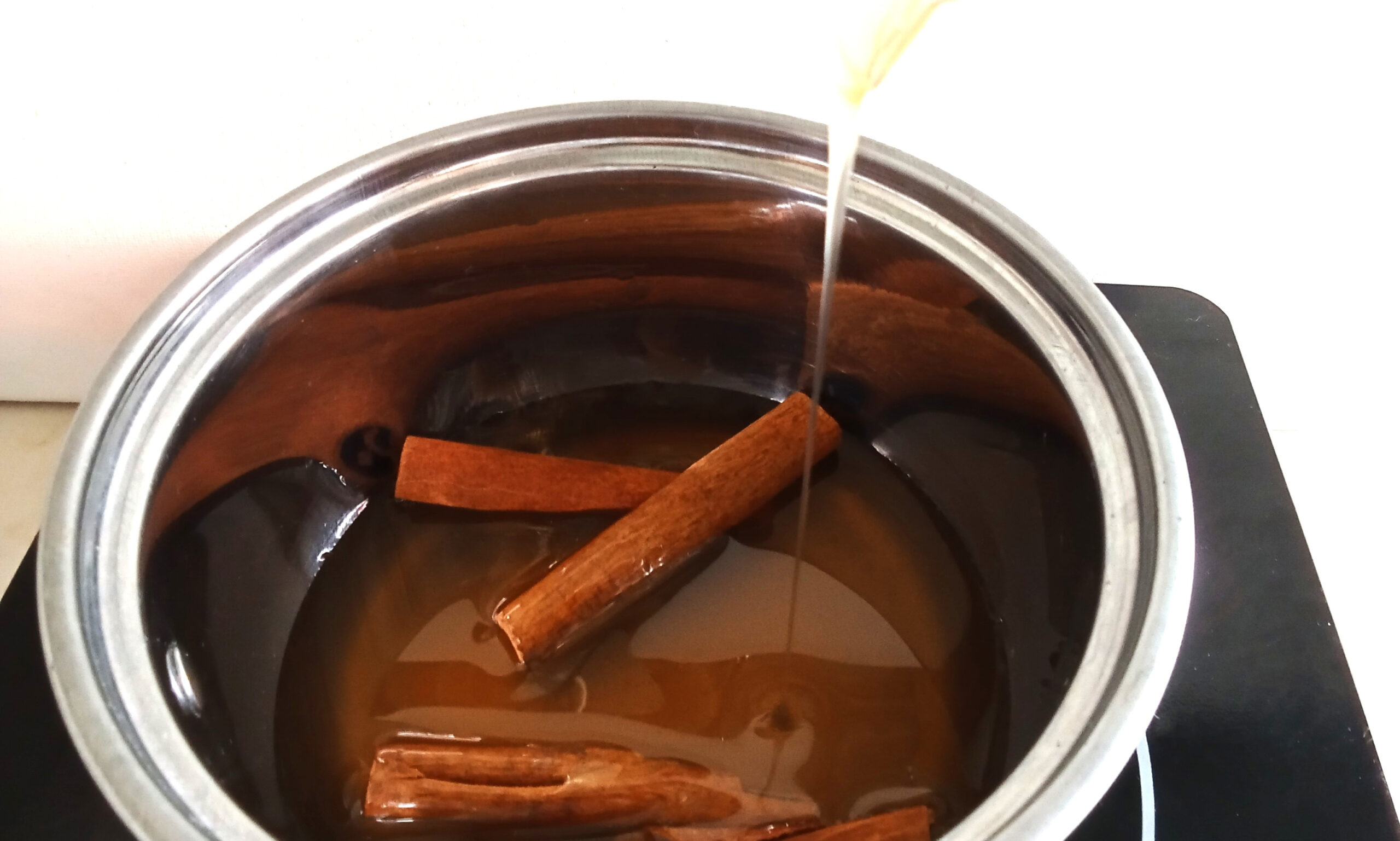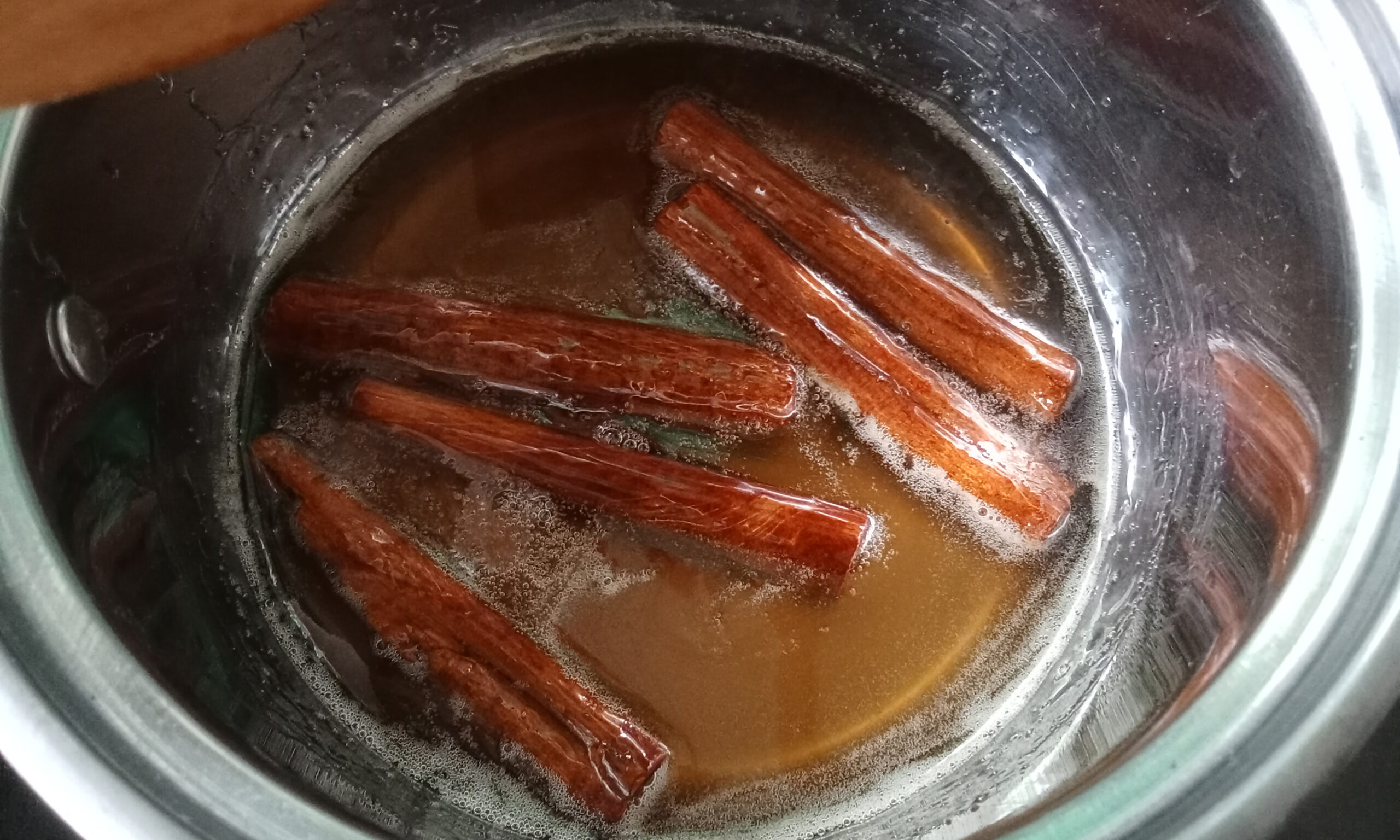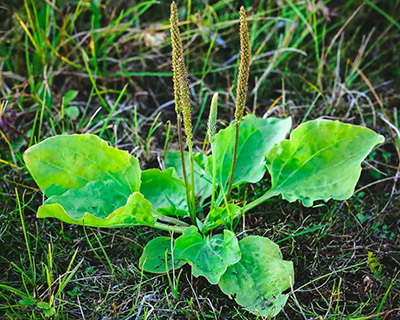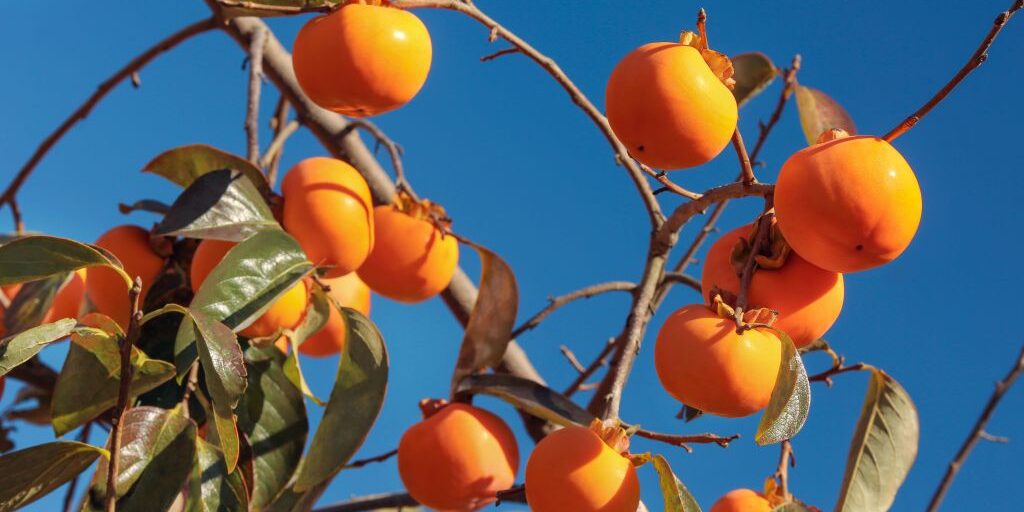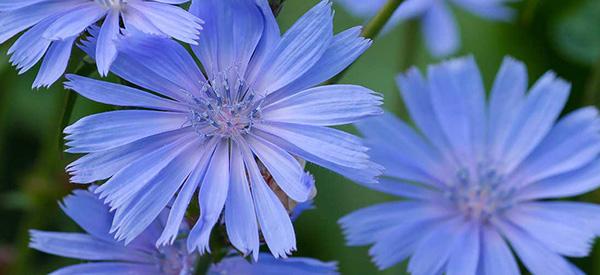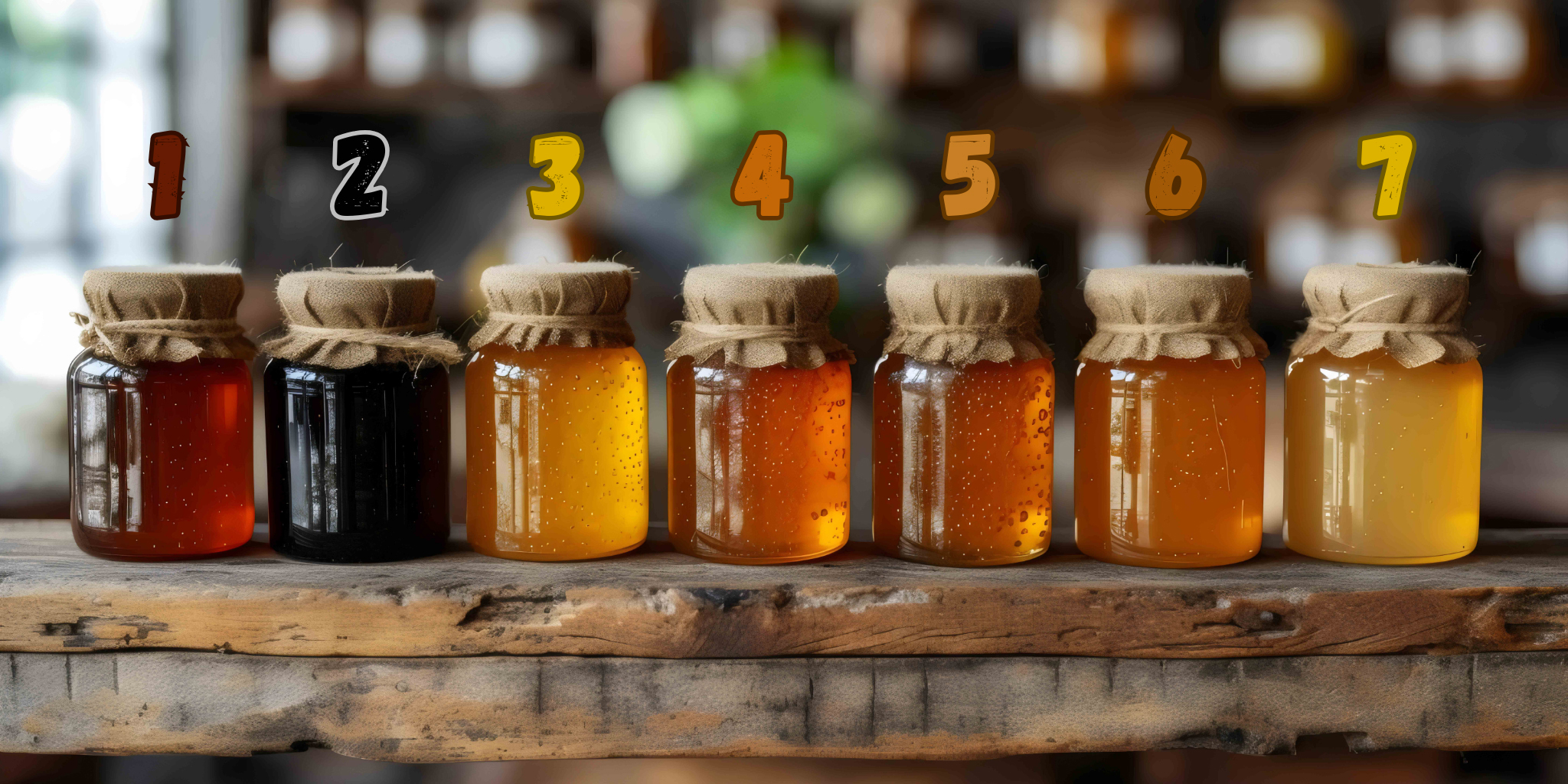
You’re Eating The Wrong Type of Honey
Honey comes in several intriguing varieties. Most commonly, you will see honey types like Manuka, clover, lavender, wildflower, or buckwheat. Some unusual flavors include habanero, eucalyptus, Himalayan, and Tasmanian leather honey. Having such variety, you might be eating the wrong type of honey.
The varieties available in your local supermarket may vary, depending on the locality and imports.
What we always look for in these varieties is the varying flavor profiles. However, different honey varieties also exhibit diverse medicinal properties that may ease specific health issues.
What Is Flavored Honey?
Flavored honey is raw honey infused with an ingredient that alters its flavor, aroma, and therapeutic properties.
Naturally flavored honey, also known as varietal honey, comes from bees that gather nectar from a specific flower. It often comes from floral sources, such as lavender and clover. These are monofloral honey that has a more distinctive taste.
Wildflower honey is polyfloral, which comes from the nectar of various flowers, and thus has a more varied flavor profile.
It is also possible to create flavored honey through manual infusion. A choice of spice, herb, fruit, or other ingredient is added to honey and infused for a period of time.
The Best Type of Honey for You
Did you know that various types of honey offer the best health benefits when consumed in moderation?
Choosing the wrong one for your age may cause digestive issues or exacerbate an existing condition, particularly for those with blood sugar problems.
Raw varietal honey that comes directly from hives and is minimally processed is superior. It retains its bee pollen and natural enzymes, making it a nutrient-dense and high-antioxidant food.
Flavored honey that is not heavily processed is a good alternative, but slightly inferior to raw.
The Right Honey for Your Age
There are no guidelines on age restrictions for consuming a particular honey. However, due to the risk of botulism, it is only inadvisable for infants under one year of age, regardless of the honey type.
Here are some of the best types of honey to eat to help meet dietary needs according to age:
Clover Honey for Children
Children over a year old may benefit from the nutrients found in clover honey. According to a medical journal published in 2023, a 3-month supplementation of clover honey has a significant effect on the nutritional status of malnourished children.
Clover honey has a mild flavor profile and a balanced sweetness that kids will enjoy. It is also beneficial for digestive support and alleviating sore throats and coughs, which are very common in children.
Acacia Honey for Teens
Acacia honey, also known as locust honey, is a rich source of flavonoids, phenolic acid, and fatty acids. When consumed in moderation, it supports proper metabolism, which may help reduce the risk of obesity. It has a distinct sweet-floral and somewhat citrusy taste that is neither mild nor strong.
Acacia honey may modulate the skin’s immune system to promote faster wound healing and reduce acne, which is beneficial for teenagers.
Locust honey has the lowest glycemic index among other types of honey, which means that it releases sugar slowly in the blood to prevent blood sugar spikes. Thus, acacia honey is considered the best type of honey for individuals with diabetes when consumed in moderation, although further studies are required for validation.
Manuka Honey for Adults
Manuka honey originates from New Zealand, where manuka trees commonly grow. It has a distinct, earthy but mildly bitter, caramel-like flavor and rich texture. Manuka honey is distinct from other types due to its high MGO (methylglyoxal) content, an antibacterial compound found in higher amounts in Manuka.
The therapeutic properties of Manuka honey offer greater benefits in adults, including the prevention of infection and accelerated wound healing.
However, like most honey, Manuka honey is not the best option for individuals with diabetes. According to an initial study, the MGO in manuka honey may delay the healing of diabetic ulcers.
Tupelo Honey for the Elderly
Tupelo honey is a rare but most sought-after gourmet honey variety. It is sold in some areas of Florida and Georgia, but may also be available sporadically in other locations.
Tupelo honey is antioxidant-rich, which may help in reducing oxidative stress and supporting overall health. It has a low glycemic index, which is beneficial in managing diabetes and improving energy levels due to its slow energy release.
All types of honey can help with energy and blood sugar… but when it comes to protecting the heart—especially for aging parents, grandparents, or even yourself—you need something stronger and more targeted.
That’s why I always keep the Heart Health Blend Tincture on hand. It’s a hawthorn-based formula, carefully enhanced with Tulsi, Fenugreek, and Bilberry—all working together to help lower LDL, regulate blood sugar, and improve blood flow.
If you’ve noticed low energy, pressure spikes, or that your heart feels like it’s working overtime… this is the extra layer of defense you’ve been looking for.
👉 Click here to support your heart (or a loved one’s) with this tincture
Honey For Various Health Problems
Infusing honey in herbs and spices enhances their flavor and texture and adds a unique dimension to them. It also contains varied health benefits for different health conditions.
Chamomile Honey for Sleep
Chamomile honey is also an excellent option for people with insomnia. Consuming chamomile honey may regulate blood sugar, contributing to a calm and restful night’s sleep. The digestive properties of chamomile-infused honey may help with indigestion and bloating.
Lavender Honey for Relaxation
Lavender-infused honey has the potential to induce sleep and relaxation because of the sedative, anti-anxiety, and analgesic properties of lavender. Lavender honey is beneficial for alleviating insomnia symptoms, reducing anxiety, and easing migraines.
Sure, lavender honey is calming… but if you’re dealing with racing thoughts, tight chest, restlessness, or that constant wired-but-tired feeling… you might need something stronger.
That’s why I always keep a small bottle of the Anxiety & Stress Tincture nearby.
It’s a potent blend of Ashwagandha, Lemon Balm, Lion’s Mane, and Reishi—all known for helping your body calm down, lower stress hormones, and reset your nervous system.
I use it when my mind won’t quiet down… or when anxiety hits me out of nowhere… or when I just need to breathe easier again.
👉 Click here to keep this calm-in-a-bottle within reach
Ginger Honey for Digestion
Honey fermented with ginger makes a potent but tasty concoction for many digestive problems. It can ease bloating, gas, and stomach cramps and promote the proper breakdown of food.
Ginger honey mixed with warm water may ease nausea and morning sickness and boost immunity to help with fever and flu.
Garlic Honey for Infections
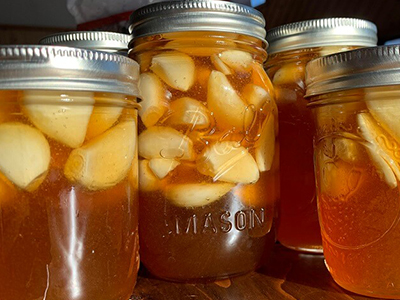 Garlic in honey is a pungent yet effective infusion for sore throats and other viral and bacterial infections. Garlic is a natural antibiotic that slows the growth of bacteria and reduces inflammation, thereby decreasing the number of sick days.
Garlic in honey is a pungent yet effective infusion for sore throats and other viral and bacterial infections. Garlic is a natural antibiotic that slows the growth of bacteria and reduces inflammation, thereby decreasing the number of sick days.
Here’s an image from the last time I infused some garlic in honey.
It doesn’t look like much—but this is actually one of the most powerful immune-supporting remedies I’ve ever tried.
If you want the full recipe (plus 250+ other natural remedies like this), just click the image. It’ll take you straight to where I got it from.
Red Clover Honey for Women
Red clover-infused honey is highly beneficial for women’s hormonal imbalances. The phytoestrogen compounds in red clover may relieve the symptoms of hormonal imbalance, including painful periods and cramps.
Red clover is particularly beneficial for women in menopausal stages due to its ability to reduce hot flashes, night sweats, and mood changes.
If you want to try a gentle home remedy first… just steep 1 tablespoon of dried red clover flowers in hot water for 10 minutes. Sip before bed to take the edge off hot flashes and night sweats.
But if you need something stronger… something concentrated… something that actually calms the storm inside…
That’s when I reach for the Menopause Blend Tincture.
It’s loaded with Black Cohosh and a highly potent Red Clover extract—the same herb, just way more powerful and fast-acting. You can get it from here.
Preparing Flavored Honey at Home
There are two methods of preparing infused honey: the no-heat method and the heated method.
The no-heat method is infusing dried leaves or flower materials in raw honey and leaving it at room temperature for a few weeks.
The heated method is used for denser plant parts, such as bark and roots, or when using fresh plant materials. Heat extracts properties from woody materials more effectively and removes moisture from fresh plants, resulting in a more stable product.
If you overheat the honey, you’ll destroy the very enzymes and medicinal compounds you’re trying to extract.
If you leave too much moisture from fresh herbs, your jar can grow mold or ferment into something you definitely don’t want to eat.
If you use metal tools, you risk leaching metals into your remedy, altering both taste and safety.
Honestly… there are at least five more ways to ruin this before you even taste it.
I only figured this out after going through a full lesson inside The Lost Remedies Academy.
They actually teach a whole section on how not to ruin your herbal remedies, including mistakes specific to honey infusions, tinctures, salves, and more.
👉 Watch the lesson here before you start
Cinnamon Honey
Cinnamon honey makes a delicious infusion with many health-boosting properties. It is best for boosting immunity, enhancing digestion, and supporting a healthy heart, thanks to its ability to lower LDL, or “bad” cholesterol.
Ingredients
- 1 cup raw honey
- 5 pcs cinnamon sticks

Method
- Put cinnamon sticks in a pot and pour honey over them.

- Warm over low heat (do not boil) and stir frequently until bubbles begin to form on the surface.

- Remove from heat and let cool.
- Repeat the process 3 to 4 more times until it has infused to your desired taste.
- Remove the cinnamon and strain the cinnamon honey into a jar.
To use: Cinnamon honey pairs well with coffee or tea, or can be eaten directly. Take one tablespoon once or twice a day to support your immune system or alleviate digestive issues.
Use honey moderately, especially if you have high blood sugar levels or are at risk. Also, consult your doctor before infusing honey with herbs that may interact with pre-existing conditions and prescribed medications.
🍯 If You Liked This Honey Remedy… Wait Until You See What Else You Can Infuse
Honey and cinnamon are just the beginning.
Inside The Forgotten Home Apothecary, you’ll find over 250 more recipes that teach you how to turn simple herbs, roots, and backyard plants into powerful remedies—just like this one.
Here’s just a taste of what’s inside:
✅ The Mucus Buster Syrup for congestion
✅ Nature’s Antibiotic for sore throats and infections
✅ The Gut-Healing Elixir for digestive support
✅ A Hormone-Balancing Tonic for energy and mood
✅ Lung Support Recipes for seasonal relief
✅ Painkilling Salves, Stress Drops, Sleep Syrups… and dozens more
All food-based, all-natural, and made using the kind of stuff you probably already have in your pantry or backyard.
If you’re serious about stocking your home with real, plant-based medicine (without the guesswork)…
👉 Click here to get your copy before it runs out






